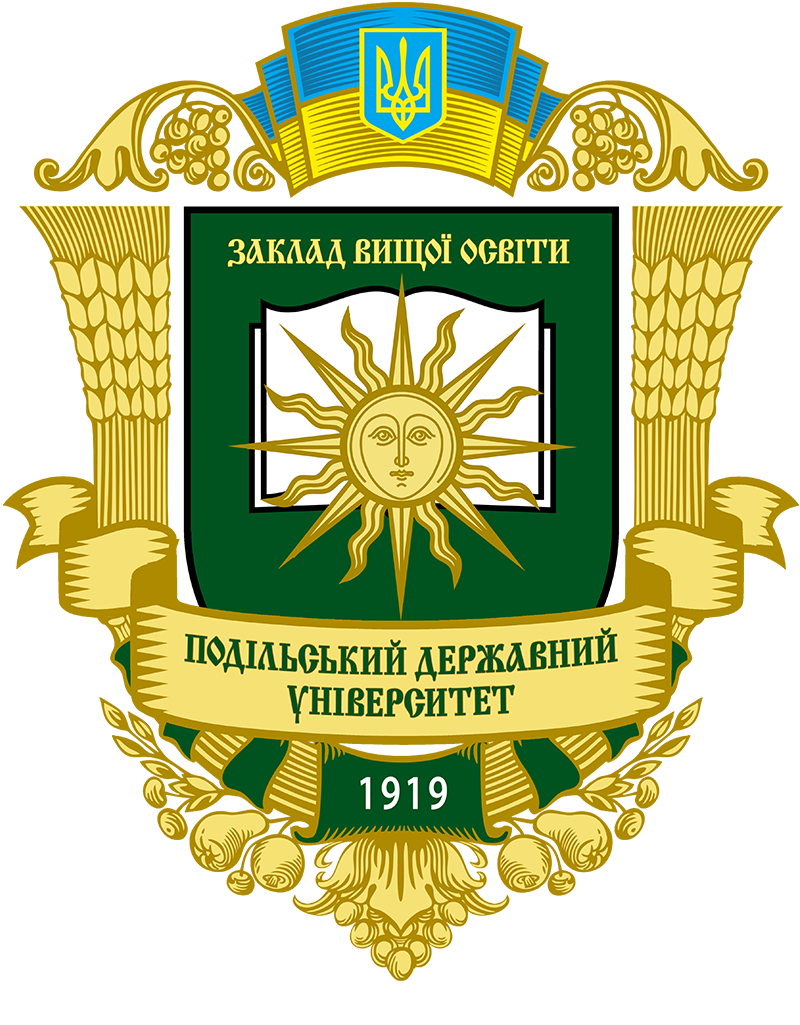ILLOCUTIVE STRUCTURE OF THE MAIN PART OF DIALOGICAL INTERVIEW TEXTS
DOI:
https://doi.org/10.37406/2521-6449/2023-1-6Keywords:
general theory of texts, illocutionary relations, text-interview, system of minimal dialoguesAbstract
Examining interview texts from the point of view of structure, semantics, and pragmatics is important because it allows us to clarify the features of secondary and hybrid formation. From the point of view of the general theory of the text, it is very important to develop a prototype model of the interview text, which is used in the modern English-language press. The purpose of this study is to develop a prototypical model of the interview text in order to investigate the discursive, structural, semantic and pragmatic aspects of the interview text in the contemporary English-language press. The article examines the illocutionary structure of the main part of the interview texts. The system of minimal dialogues is an illucutive structure of a dialogic text-interview. The lines are connected by illocutionary relations within the minimal dialogue. The universality of illocutionary relations allows you to determine the boundaries and markers of the beginning and end of minimal dialogues. Text interviews are used by respondents to obtain information and determine their attitude to the interviewer's message. The strategies used by respondents can be conflictual or non-conflictual. Informative techniques include direct questioning, anticipatory response, demonstrating one's ability to conduct a conversation, indicating the inappropriateness of the question, referring to the fact that the interviewer knows the answer to the question, incomplete answer, general answer, counter question, and ignoring the content of the question. If you want to show your attitude to the interviewer's statement, you can use tactics such as direct correlation, explanation, contrast, pointing out that the interviewer's statement is incorrect, explaining why you disagree with him, biased response and silence.
References
Caffi, C. (1999). On mitigation. Journal of Pragmatics, 31 (7). 881-909.
Холод, O. M. (2012). Oснови тележурналістики. Kиїв: KМУ.
Kyratzis, A., Ervin-Tripp, S. (1999). The development of discourse markers in peer interaction. Journal of Pragmatics, 31 (10). 1321-1338.
Leech, J. N. (1983). Principles of Pragmatics. Cambridge: Cambridge University Press.
Lenk, U. (1998). Discourse markers and global coherence in conversation. Jounal of Pragmatics, 30 (2). 245-257.
Наукові записки Інституту журналістики. (2019). 2 (75). Kиїв. Режим доступу: https://doi.org/10.17721/2522-1272
Redeker, G. (1991). Linguistic markers of discourse structure. Linguistics, 29 (10). 1139-1172.
Рудик, І. М. (1998). Мовленнєві характеристики категорії підтвердження та заперечення. Збірник праць Київського державного лінгвістичного університету, 1 (1). 126-130.
Tannen, D. (1992). Talking Voices: Repetition, Dialogue and Imagery in Conversational Discourse. New York: Cambridge University Press.
Засєкін, С. В. (2001). Дискурсивні маркери кохерентності англомовного діалогічного тексту: когнітивний та прагматичний аспекти. Автореф. дис. … канд. філол. наук. Луцьк: Луцький державний університет.








